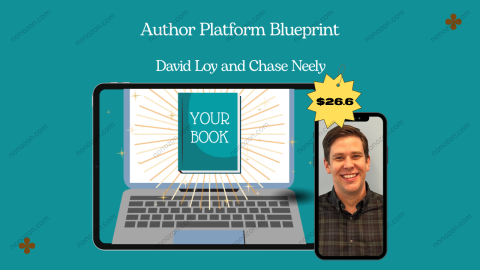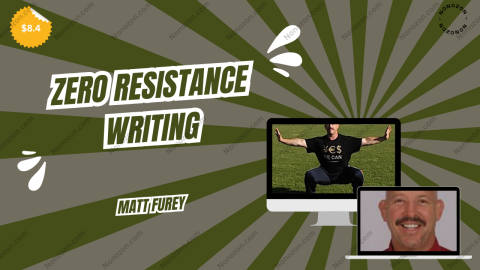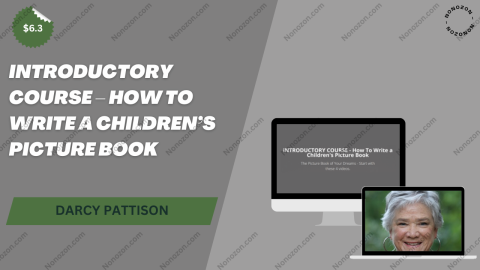Comedy Audio Class
by John Truby
John Truby's Comedy Audio Class: A Deep Dive into the Art of Humor
Check proof of content here:

In the world of screenwriting, few elements are as challenging and multifaceted as comedy. John Truby's Comedy Audio Class emerges as a beacon for aspiring writers navigating this intricate genre. With his extensive experience in storytelling and teaching, Truby breaks down the art of comedy into digestible pieces, guiding students through the labyrinth of humor with clarity and insight.
This course isn't merely about jokes and punchlines; it's an exhaustive exploration of how comedy operates, the structure it demands, and the character dynamics that breathe life into humor. Through approximately four hours of engaging audio instruction, Truby invites listeners to unravel the nuances of comedic narratives.
Understanding the Structure of Comedy
Comedy, much like a well-crafted piece of music, follows specific structures that dictate how humor can be effectively delivered. Truby emphasizes that there isn’t just one way to tickle the funny bone, alluding to at least eight distinct comedic structures. Each of these structures comes with its own set of story beats that form the foundational rhythm for humor.
For instance, consider the romantic comedy structure, which often involves a predictable arc where two individuals overcome barriers to their love. But it’s the misunderstandings and comedic blunders within this frame that amplify the humor. Similarly, the satirical structure operates on a more sophisticated level, using irony and exaggeration to critique society or norms. Here’s a brief breakdown of some of the diverse structures Truby covers:
| Comedy Structure | Description |
|---|---|
| Romantic Comedy | Love intertwined with humorous conflicts |
| Satire | Social critique through hyperbole |
| Dark Comedy | Humor derived from controversial or morbid subjects |
| Slapstick | Physical comedy that emphasizes visual gags |
By dissecting these structures, Truby not only illuminates how to capture comedic moments but also showcases how each type offers a unique path for creative storytelling. With his guidance, aspiring writers can discern the differences that make each comedic journey engaging, allowing them to choose the right structure for their story.
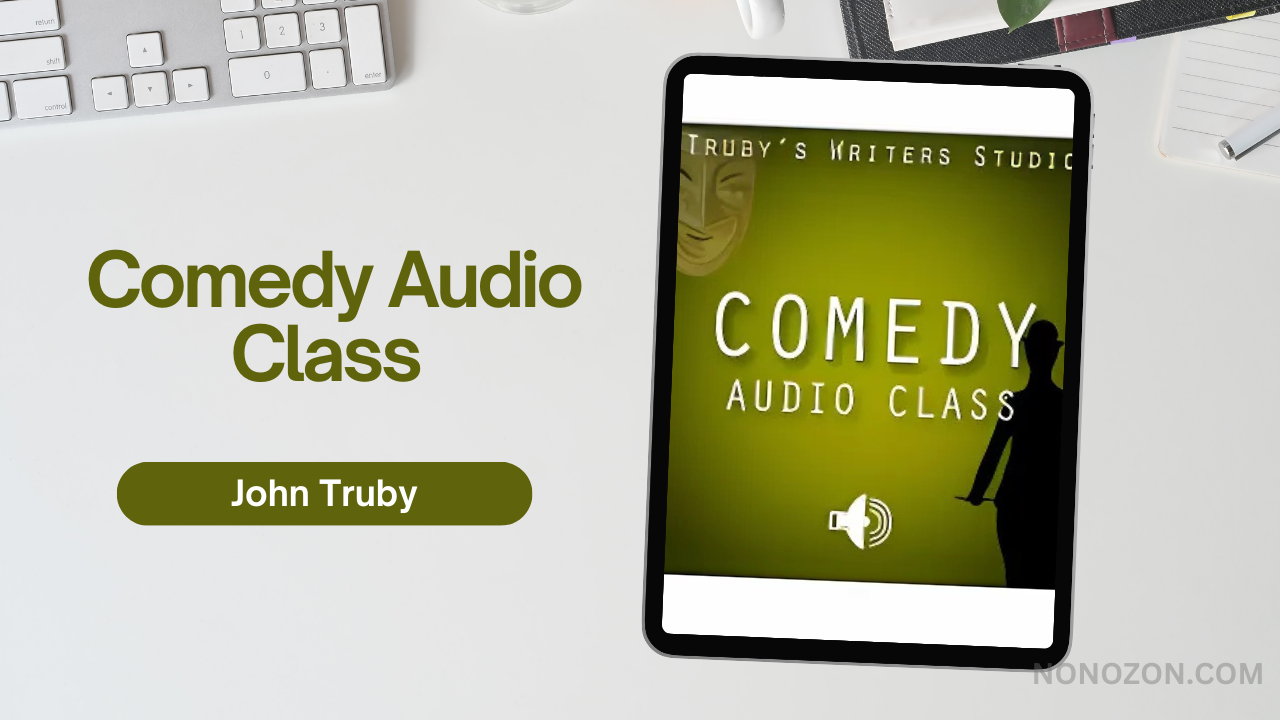
The Essential Elements of Comedy
At the heart of any compelling comedic narrative lies its premise. Truby delves into the importance of a strong comedic premise as the seed from which the entire comedic adventure can grow. It’s not just about setting up a joke; it’s about creating a situation ripe for humor that feels natural within the narrative flow.
To complement this foundation, Truby introduces students to 11 key story beats—the rhythms that keep the story moving forward while simultaneously delivering humor at intervals that surprise and delight. These beats can be thought of as stepping stones that lead the audience through the comedic landscape.
Here’s a sample from some of the story beats discussed:
Set-Up: Establish characters and context
Inciting Incident: Introduce a conflict or challenge
Conflict Escalation: Increase stakes through various comedic elements
Climax: Peak of tension where humor hits its apex
Throughout this segment, Truby emphasizes the importance of timing and delivery—the delicate dance between narrative pacing and comedic punch. Mastering these beats is crucial in connecting with the audience, ensuring they are not just passive observers but active participants in the humor unfolding before them.
Character Archetypes in Comedy
No comedy is complete without a cast of characters that bring the humor to life. Truby identifies nine essential character types commonly found in comedic narratives. Each archetype serves a specific purpose, contributing to the overarching humor and enriching the story.
Understanding these character types allows writers to craft multidimensional, relatable figures that resonate with their audience. Here’s a brief look at some of Truby’s identified character types:
| Character Type | Role in Comedy |
|---|---|
| The Underachiever | Represents the everyman with relatable flaws |
| The Straight Man | Serves as the foil to exaggerated characters |
| The Flamboyant One | Heightens absurdity and adds layers of humor |
| The Misfit | Embodies social awkwardness, producing comedic tension |
By incorporating these archetypes into their scripts, writers can create ensemble casts that not only support the comedic premise but also produce synergy that elevates the humor. Truby’s analysis of character dynamics encourages students to explore character interactions, resulting in humor that feels both organic and grounded.
The Art of Practical Storytelling
Truby's course doesn’t dwell solely on theory; it pivots toward practical storytelling strategies that highlight the versatility of comedy across genres. He makes a compelling case for how humor can function as a bridge between styles, showing how comedy can be woven into drama, action, or even horror.
As writers engage with his insights, they come to understand that humor is often about perception. The exaggeration of a situation or the juxtaposition of character traits can render even the mundane hilariously absurd. This idea resonates with anyone who has found themselves laughing at life’s contradictions, and it gives writers permission to channel that absurdity into their own work.
The Audio Class Experience
For those exploring Truby's Comedy Audio Class, the format itself enhances the learning experience. The four-hour audio format offers a flexible and immersive way to learn. Students can absorb the material while commuting, walking, or performing daily tasks, making education more accessible and fluid.
While Truby’s books are rich with insight, many students note that the audio format brings his teaching to life. His voice, intonation, and enthusiasm add layers of understanding that written words alone might not convey. For auditory learners, this format can foster a more visceral connection to the material.
Student Feedback and Impact
Truby’s teaching has garnered consistent praise from students who value his clarity, depth, and ability to make complex concepts digestible. Many report that the course demystified comedic writing, helping them build stronger premises, recognize structural patterns, and develop richer characters.
One student noted, “This class taught me how to build tension effectively—something I hadn’t considered before.” Another reflected, “Understanding character archetypes opened my eyes to how I could create relatable and funny situations.”
These testimonials reflect a common theme: Truby doesn’t just teach comedy—he equips writers with tools that enhance their entire storytelling toolkit.
Conclusion
In a landscape where comedy often feels elusive or intimidating, John Truby’s Comedy Audio Class offers a structured, insightful, and practical guide for writers. By breaking down the genre into core structures, beats, and archetypes, Truby empowers writers to harness humor with intention and confidence.
The emphasis on practical application and cross-genre versatility ensures that this isn’t just a class for comedy writers—it’s a course for all storytellers who want to explore humor as a vital tool. Backed by positive feedback and Truby’s proven teaching style, this audio class is a smart investment for anyone eager to master comedic storytelling and bring laughter to the screen with clarity and purpose.
Related products
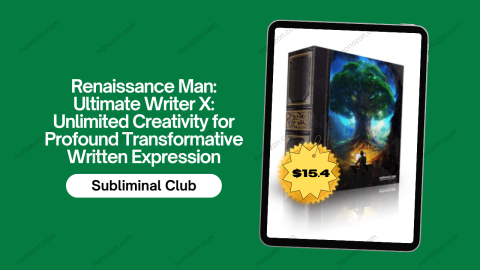
Renaissance Man: Ultimate Writer X: Unlimited Creativity for Profound Transformative Written Expression
by Subliminal Club
$34.00
$15.40

